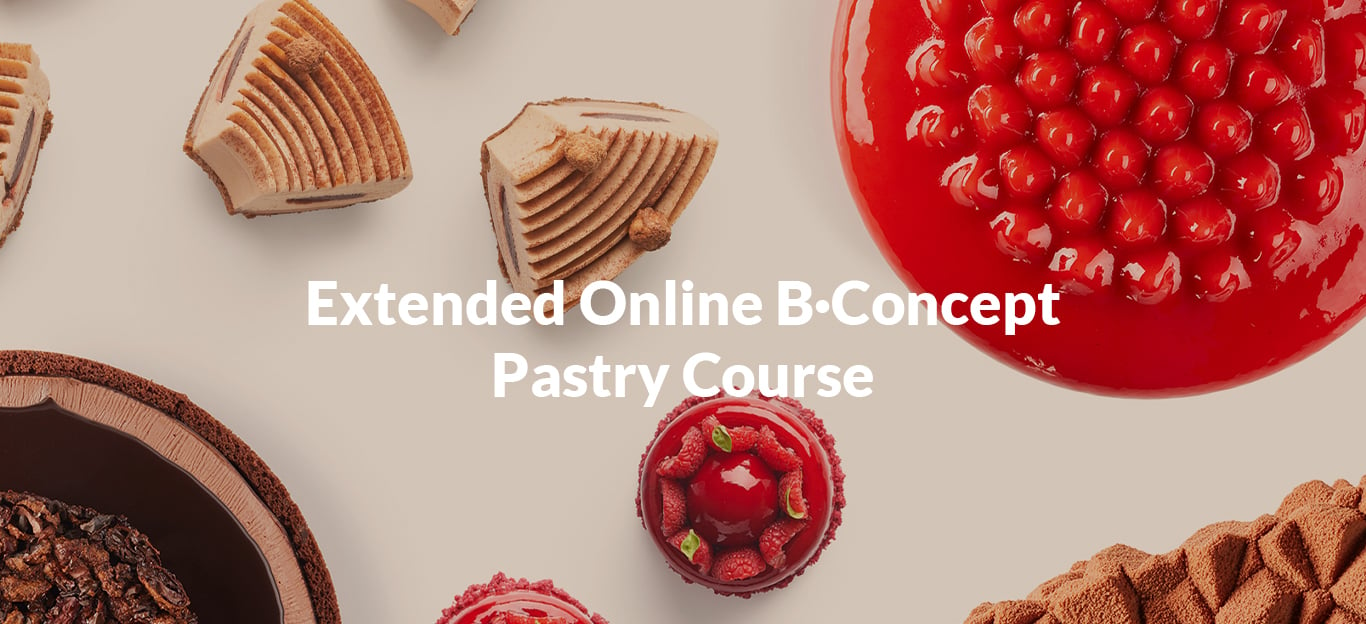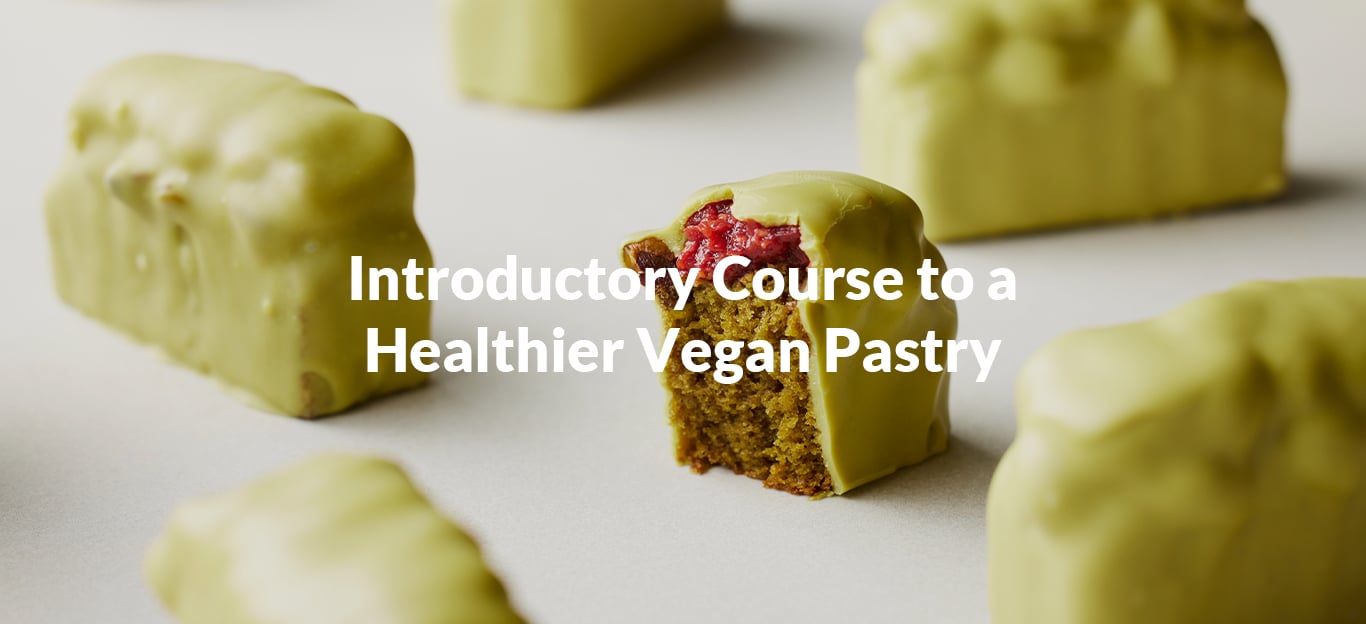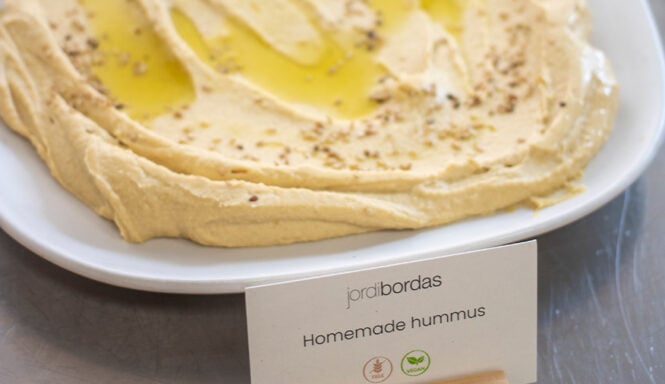
How to replace butter with plant-based ingredients
Do you use butter in your recipes? 🧈 This ingredient is one of the most widely used fats of animal origin in traditional pastry. But… how can we substitute it? To do so, we must understand all its characteristics down to the last detail.
Butter is used in almost every kind of baked batter (sable, cake batter, financiers, brioche) as well as in fried batters like donuts, in creamies and ganaches, custard, or buttercream, among others.
Until very recently, we thought that replacing butter in vegan recipes implied a huge challenge, considering that baked batters, above all, wouldn’t have the correct texture and flavor without butter.
It’s true that its organoleptic and functional properties are very interesting: its flavor and smell, its ability to create crunchy, creamy and spongey textures or its contribution to stability of many recipes.
Thanks to the B·Concept method and a proper understanding of its use in classic recipes, we’ve achieved similar results by replacing butter with a combination of plant-based fats and oils from nuts, for example. Let’s take a look!
Flavor
It may be that the main role of butter in our recipes is to provide flavor. That taste and aroma that distinguishes a great croissant 🥐 when we take the first bite… It’s so typical that we can tell when they’re made with butter or with another type of fat.
In this case, how can we substitute it without losing that aroma and taste that’s oh-so-characteristic and so pleasurable? We need to think of other ingredients and pastry techniques that help us to achieve nuanced flavors that give us the same sensation of sweet indulgence as recipes made with butter, such as nut pastes or caramelized ingredients with intense nuances.
Creaminess
In creamies and ganaches, butter provides us with a significant sensation of creaminess. This is due to butter’s melting temperature, around 30-35ºC, which is very close to body temperature and the temperature of our mouths.
To recreate that very same sensation of creaminess in working with plant-based substitutes for butter, we can work with fats that melt at a similar temperature to that of butter, such as cocoa butter or coconut oil.
These fats allow us to bring creaminess to our recipes as well as more stability, thanks to them both having a recrystallization temperature lower than 20ºC.
LIMITING THE DEVELOPMENT OF GLUTEN
If we discuss the role of butter in baked batters like donuts or brioche, we could say that it prevents the excessive development of gluten, giving us smoother, more tender batters and textures as a result. In recipes where we want to replace the butter without losing this ability to protect the batter from an overdevelopment of gluten, we can use other types of fat or sugar.
In other types of baked batters, like sablé, butter is responsible for its crunchy texture. Cold butter is incorporated through a technique called sablage, or "sanded", in such a way that the granules of flour are coated in the fat particles so the flour doesn't absorb any liquid. Thus, once it's cooked, the sablé takes on a crunchy, brittle texture.



INCORPORATION OF AIR
In many baked batters, such as cakes, biscuits and even puff pastry, butter also helps to incorporate air and, consequently, allow the correct development of these products in the oven. To understand this process, first we need to analyze the nutritional composition of butter.
To compensate for this effect in vegan baked batters, we can rely on the help of a leavening agent, like baking powder, to generate more air and volume in the recipe, or rather make our own vegan butter. In our Introductory Course to Healthier Vegan Pastry you'll find one!
Shine
Lastly, as with any other type of fat, butter can provide shine in recipes like creamies and ganaches. Traditionally, creamy recipes contain a small percentage of butter which contributes to it’s appearance.
Having said this, to make an emulsion in which we achieve both creaminess and shine, we don’t need butter, given that any type of fat can provide us with these characteristics.
Therefore, after observing the functions of butter in traditional recipes, we can see that each ingredient can offer some of these functions, and we can highlight some substitutes like coconut oil, sunflower oil, cocoa butter, dark chocolates, pure nut pastes (pistachio, hazelnut, almond), vegan butter, and so on.
If you’ve been left wanting to know more about this topic, in the Extended Online B·Concept Pastry Course, we go in depth about the importance of understanding the ingredients we work with every day. 🧬 Thanks to this, you’ll master textura creation techniques, you’ll learn how to make your own recipes from scratch, and you’ll end up with healthier, lighter, tastier products.
The next edition starts on October 9th, both in English and Spanish, and we are looking forward to meeting our new students. Without a doubt, it is an experience you will never forget!





